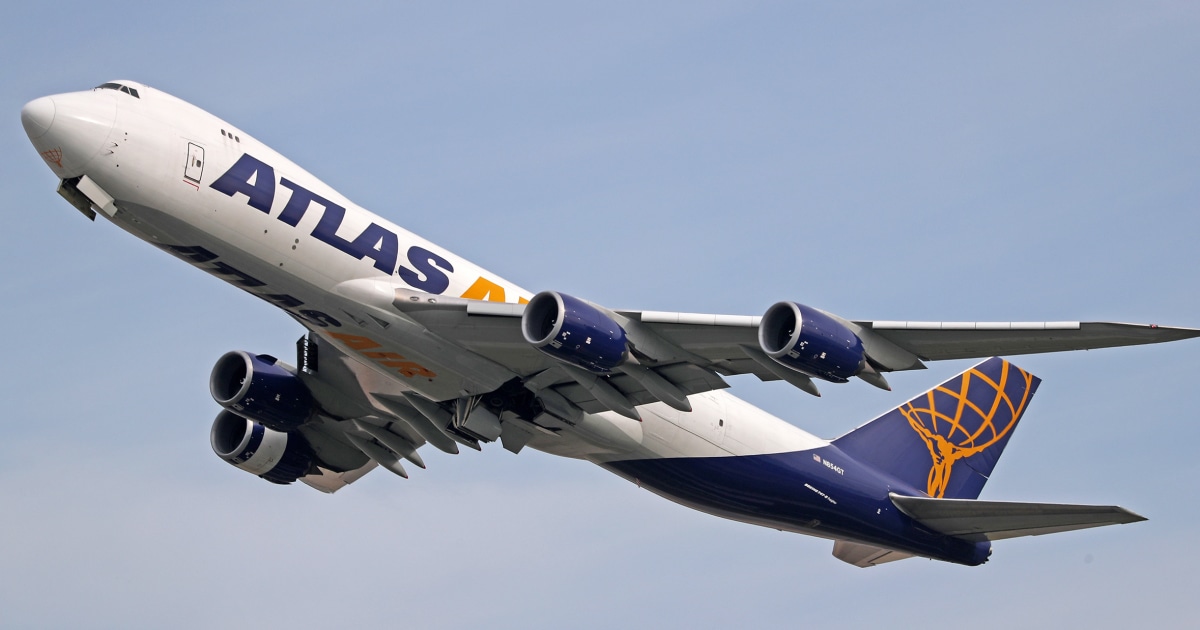That's not that fast in the grand scheme of things, there were aircraft flying that fast in the late 1950s. In any event, it's not the speed that has an impact on the body, it's acceleration forces and altitude that cause problems.
Think about driving your car. If you accelerate to 70mph at a somewhat leisurely rate, you hardly feel it. If you really put you foot in it, you can feel yourself being thrown back in your seat. Once you get to and sustain 70mph, you really don't feel anything regardless of if you accelerated slowly or rapidly.
As you increase in altitude, air (and therefore oxygen) density decreases. To deal with altitude, most modern, higher performance aircraft have pressurized cabins. What this does is create an artificial environment within the cabin equivalent to a lower altitude, usually to that of around 8000 ft. This is how jetliners can cruise at near 40,000 feet without you suffocating. This research jet almost certainly is pressurized.


